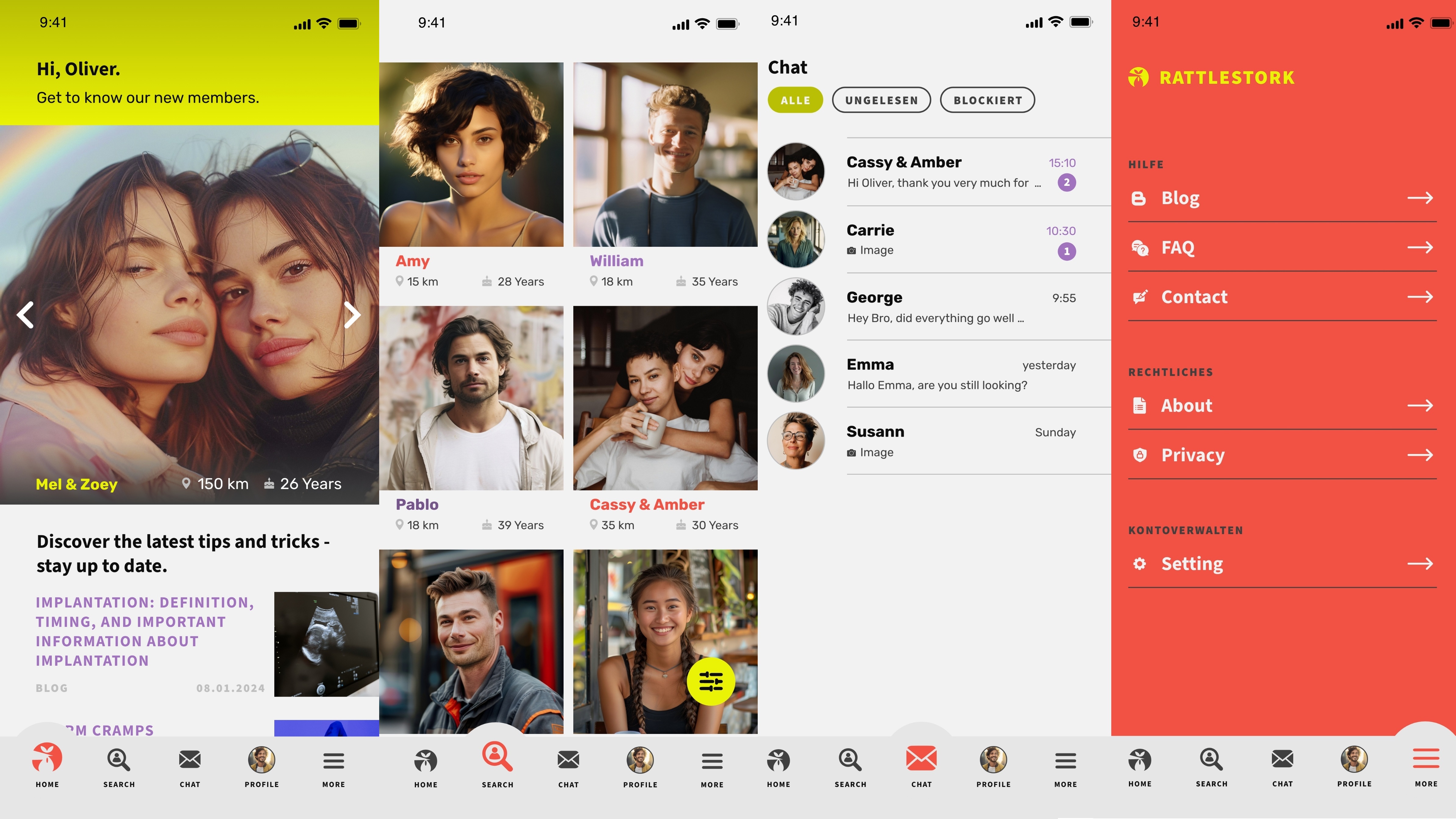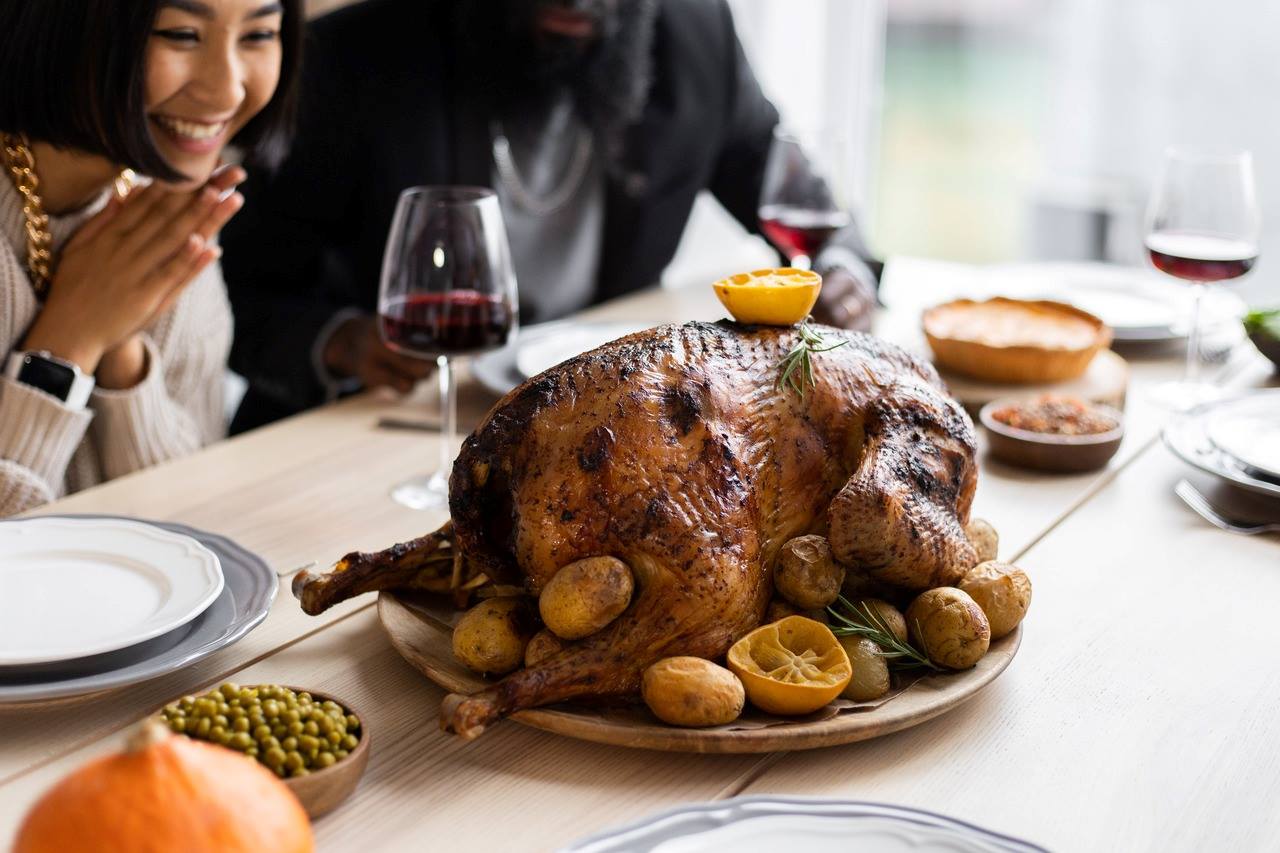“Turkey baster pregnancy” is a common US search term for trying to conceive at home with a syringe rather than intercourse. This guide explains what people actually mean, how to keep it safe and realistic, how timing works, where it differs from clinic care, the US legal backdrop, and when to talk to a clinician. We link only to trusted US sources.
What the phrase really means
Despite the nickname, it does not involve a kitchen baster. In practice, it means collecting fresh semen in a sterile, wide-mouth cup and placing it close to the cervix with a small, needle-free syringe. In clinical language this is closest to intracervical insemination (ICI) done at home. A kitchen baster is oversized, not sterile, and unsafe for bodies.
Key facts that matter
- The fertile window spans the days before ovulation; ovulation typically occurs 10–16 days before the next period. ACOG: fertility awareness
- Healthy couples often conceive within a year with well-timed attempts; age and health conditions change the timeline. CDC: infertility FAQ
- Simple habits help: timing by LH surge, no smoking, healthy weight, and a prenatal with folic acid. ASRM: optimizing natural fertility
Safety and hygiene
- Use new, single-use syringes and a sterile collection cup. Avoid saliva and non–sperm-safe lubricants; some products reduce motility. ASRM patient fact sheet
- Use the sample within about an hour at room temperature (68–77 °F). Keep surfaces clean and wash hands.
- Banked donor sperm in the US is screened under FDA rules (21 CFR 1271). FDA regulations (21 CFR 1271)
Supplies checklist
- Sterile, wide-mouth collection cup
- Small needle-free medical syringe (5–10 mL; catheter-tip or slip-tip)
- Ovulation predictor tests (LH strips or digital)
Optional: disposable gloves and a lubricant labeled fertility-friendly.
At-home steps most people follow
- Collect semen in the sterile cup without condoms or saliva.
- Let it stand at room temperature for 10–15 minutes to liquefy.
- Draw it up slowly and tap out air bubbles.
- Lie comfortably with hips slightly elevated. Place the syringe tip just inside the vagina and angle toward the cervix about 1–2 inches.
- Press the plunger gently and rest for 15–20 minutes.
Stop if anything feels painful or uncertain and contact a clinician.
Timing that helps
- Use LH tests as you approach mid-cycle. Many aim for the evening of the first positive result and, if desired, repeat 12–24 hours later. ACOG: when to try
- The fertile window is roughly the five days before ovulation and the day of ovulation. HHS OWH: ovulation basics
- Start folic acid before conception and keep lifestyle steady (sleep, moderate alcohol, no smoking). CDC: planning for pregnancy
Alternatives and how they differ
- Clinic IUI with donor sperm: adds screening, consent, and medical oversight; clinics can advise on success rates and next steps. ACOG: treating infertility
- Timed intercourse with a partner: same fertile-window logic; often a first step before testing. ASRM: infertility evaluation
US legal basics you should know
Rules on known donors and legal parentage vary by state. Buying donor sperm from regulated banks brings FDA screening/testing requirements for the bank, but home use can still carry state-specific legal implications. Some states require physician involvement for donor protections; others don’t. Review your state’s laws and consider advice from a US attorney experienced in assisted reproduction. Regulatory backdrop: 21 CFR 1271 Subpart C and the FDA’s donor eligibility guidance. FDA donor eligibility
When to see a clinician
- Under 35 and not pregnant after 12 well-timed cycles
- Aged 35+ and not pregnant after 6 cycles
- Right away for very irregular cycles, anovulation, endometriosis, PCOS, thyroid disease, recurrent pregnancy loss, or safety questions
Your clinician can arrange testing and referral based on national guidance. ASRM guidance
Find verified donors with RattleStork
RattleStork helps intended parents in the US connect with verified donors, agree clear boundaries, and plan syringe-based attempts with simple checklists and transparent expectations. Start a conversation, review safety tips, and move at your own pace.

Myths and facts
- Myth: A kitchen turkey baster works. Fact: it is unsafe and unsuitable; use a small medical syringe.
- Myth: Any lube is fine. Fact: some lubricants reduce sperm motility; choose fertility-friendly products. ASRM
- Myth: Legs-up guarantees success. Fact: timing around ovulation is what matters. ACOG
- Myth: More attempts in one day always help. Fact: well-timed attempts in the fertile window matter more than frequency in a single day. CDC
- Myth: Home attempts remove legal risk. Fact: parentage rules differ by state; know them before you proceed. FDA/21 CFR 1271
Conclusion
In the US, “turkey baster pregnancy” is slang for syringe-based attempts at home. If you explore this path, keep it clean and simple, time around ovulation, and understand your state’s legal framework. If progress stalls or you prefer clinical oversight, speak with a clinician about testing, clinic IUI, or other next steps.

